Visiting the home of an African emperor .... in the sleepy town of Bath
The most famous person of Bath is not Jane Austen - it's a Black King!
Two cancelled trains and two recalcitrant tweens, who would much rather be headed to Westfield shopping centre than the West Country, were certainly not going to put me off my plans last Sunday. I had planned for a family trip to the ancient town of Bath to visit, not the Roman ruins or the Georgian architectural masterpieces, but the former home, turned house museum, of one of the most iconic African leaders of all time.
A man whose royal line stretches back 225 generations, and who was in his time, arguably the most famous Black person on the planet. Can you guess who he was?Haile Selassie, or to give him his full title, Haile Selassie, King of Kings, Lion of the tribe of Judah, Emperor of Ethiopia.
Haile Selaisse, Emperor of Ethiopia, 1930-1974
The regal-ness of Haile Selaisse cannot be exaggerated. He was reputedly a direct descendant of King Solomon and the Queen of Sheba, and was part of an unbroken dynasty which was founded in 1270. Haile Selaisse makes King Charles III look like a Johnny just come! If you ask the Rastafarian community, Haile Selaisse is even more regal than all that. Rastafarians believe the Haile Selaisse was the second coming of Jesus. Whether you believe this or not, Rastafarianism is a religion very much ahead of its time and their reverence is profound.
Haile Selaisse reigned at a time of great upheaval for Ethiopia. In 1935, the country was invaded by Mussolini’s Italy in an attempt to colonise the last independent nation in Africa and to create a new Roman Empire. This heralded an intense and devastating period ( is war ever anything else?) complete with chemical warfare and merciless massacres. After spending time on the battlefront, where he himself suffered from chemical burns, Haile Selassie was advised by his council to leave Ethiopia and find exile in Europe where he could petition European leaders for their support (and arms and soliders) in defeating fascist Italy.
And this is where we cue in Bath, Somerset. Arriving in England in 1936, the King realised that support from European leaders was lukewarm at best and he would be spending rather longer than he anticipated as a royal refugee in the UK. After spending time in across the UK ( including a few days on Wimbledon Common where a public statue of him still resides ) he eventually put down long term roots by purchasing a beautiful home in Bath known as Fairfield House.
Fairfield House, Bath
Why Bath? Well this was the question that immediately came to my mind when I first heard the story, but the reasons soon became clear. According to Keith Bower who wrote “Imperial Exile” about the King’s time in the UK “The Emperor was impressed by Bath’s beauty, its proud history, its friendly people and its curative waters”. The curative waters would have been a boon to the Emperor who was suffering from the effects of his chemical burns. Stories of the friendly people of Bath is wonderful to hear, given the current climate of anti-immigration across the UK. Even today there are nonagenarians who proudly recount treasured stories about their encounters with the Ethiopian Royal family in Bath.
And that’s how I found myself in Bath, last Sunday, for the weekly tour of Fairfield House hosted by Ras Benji, a member of the Rastafarian community, a community who is integral to preserving the Emperor’s legacy in Bath. It was so thrilling to retrace the Emperor and his family’s footsteps around the house, literally sitting at his reading spot and touring his private rooms.
Ras Benji and I making the Sign of Solomon, as used by Haile Selassie, outside Fairfield House.
The house tour was jam packed with incredible stores and you had the sense this unique property contained the spirit of an iconic family surviving a seismic period of world history.
Here are five things that I just can’t get out of my mind since the tour
(1) You simply cannot exaggerate how famous Haile Selaisse was in his time …
In the 1930s, Haile Selaisse was arguably the most famous person in the world, certainly the most famous Black person on the planet. His role as the Emperor of the only free country in Africa, his noble quest to engage the Western world against fascism, his status as a Black Royal in an age of extreme Black oppression. All this galvanised to make him simply spectacular. Just ask a member of the older generation and they will undoubtedly remember him! The fact that he has largely been forgotten is partly due to Ethiopia’s (violent) abolition of the monarchy in their revolution of the 1970s and also due to the systemic erasure of Black history in the West which needs no explanation.
(2) If Europe had only listened to him, WW2 could have been avoided
In June 1936 Haile Selassie travelled to Geneva and delivered a legendary speech to the League of Nations (a precursor to the United Nations) in an attempt to win their support to defeat Mussolini. He endured disgusting treatment from the Italians -
“When the Emperor rose to speak, he was barracked by a group of belligerent Italian journalists. They tried to drown him out by blowing whistles, stamping their feet and jeering. Some of them yelled 'Long live Il Duce!' The journalists had been put up to these antics by Mussolini in a bid to humiliate Haile Selassie and to express Italian anger that he had been granted a platform”
The Emperor made his speech in Amharic so he could, in his words, speak his mind from his heart and with all the force of his spirit. He implored for the powers to use their military and financial weight to support Ethiopia in defeating the Italians and uttered the prophetic words "It is us today. It will be you tomorrow?
It is us today. It will be you tomorrow?
He was ignored. WW2 followed in 1939, causing the profound suffering that the Ethiopians endured to be spread across Europe. Who knows what would have happened if the West had stopped Mussolini in his tracks back in 1936.
The words from the speech were set to music by Bob Marly in the song War, ensuring the immortality of the Emperor’s speech. Give it a play on Spotify after you finish this newsletter, knowing the background, the song it will give you chills!
(3) African Americans listened and cared deeply for their African brothers
One of the heart warming aspects of the tour was to learn that the Black diaspora cared deeply about the plight of Ethiopia, taking it as a personal affront to see a White country invading a Black country. African Americans formed committees, started grass roots fundraising campaigns, protested on the streets, formed prayer vigils and even volunteered to fight in Ethiopia. In fact the United States government were so worried about volunteers that they issued a mandate banning any US citizen from volunteering in the war! Although these attempts did not really move the needle in the Italian Ethiopian war, it is fascinating to learn that the collective organising and political consciousness played a pivotal role in the development of what was to become the Black Power movement.
(4) There is a touching her-story inside every grand, epoch-making historical saga
The story of Haile Selaisse’s daughter Princess Tsehai Haile Selassie really moved me on the tour.
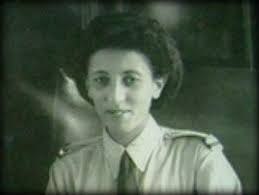
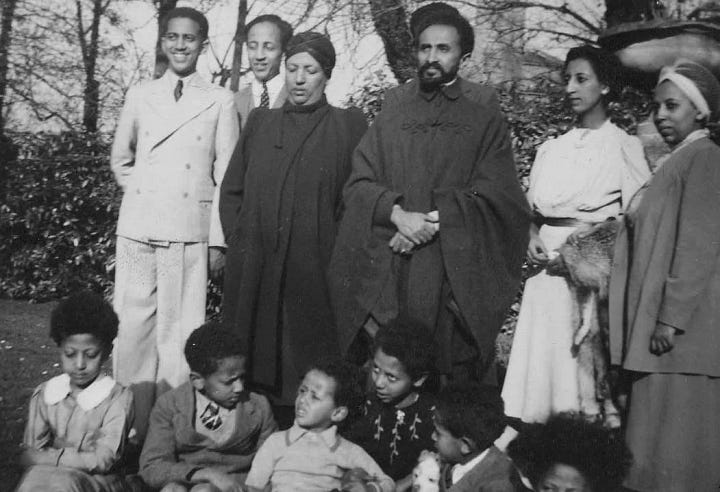
The princess, alongside her siblings, moved to Fairfield House with her parents and her command of English made her an invaluable help to her Amharic speaking parents. It reminded me of contemporary stories of refugees relying on their children’s grasp of English to navigate life in the UK. It seems it was the same for the royal refugees in the 1930s.
The princess was a special person, she decided at the age of 19 to train as a nurse, despite there being no precedent for this in the Royal family. She went off to work at the Great Ormond Street for sick children, where she insisted on being treated the same as everyone else. She also enrolled on postgraduate courses during the Second World War and nursed civilians injured during the Blitz. On return to Ethiopia in 1941, she continued to work as a nurse. This is a lovely story of female agency and selfless service which ended in tragedy as she died in childbirth aged only 24.
(5) Black historical homes are often endangered architecture
Upon returning to Ethiopia, Haile Selaisse left Fairfield House to the people of Bath as a token of thanks for their hospitality.
Today, Fairfield House is of profound importance to both the Rastafarian and the Ethiopian community. It has become a place of pilgrimage. I was therefore shocked to learn that Fairfield House faced numerous threats of sale over the years and it is only due to the advocacy of these communities and Bath institutions such as the University of Bath that the house still functions today as a site for tours, pilgrimages and remembrance.
One of the many events at Fairfield House
I am so glad to be writing my book, The Black Home, in which Fairfield House will certainly feature and so I can play a part in sustaining its fascinating legacy.
Tours are available every Sunday. Please follow Fairfield House for more information on the house and the tour - tell ‘em I sent ya!
I hope you enjoyed this post! Im trying to share something about homes and what I am up to, once a week, every Sunday! Paid subscribers thank you so much for your support, it’s really what keeps this going, I will have special paid content for you coming up soon! Please do subscribe if you haven’t already, and share!!

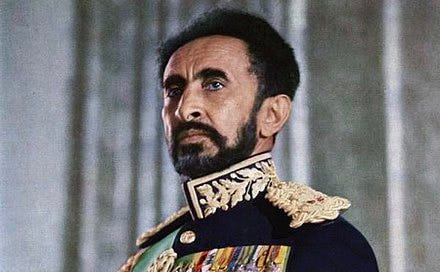



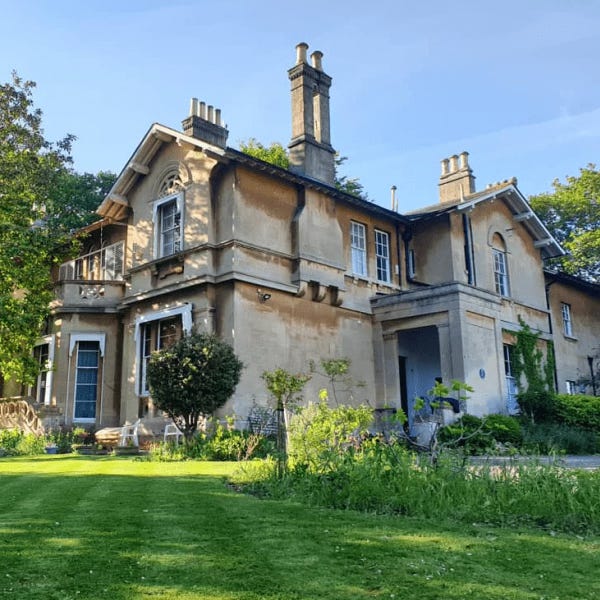
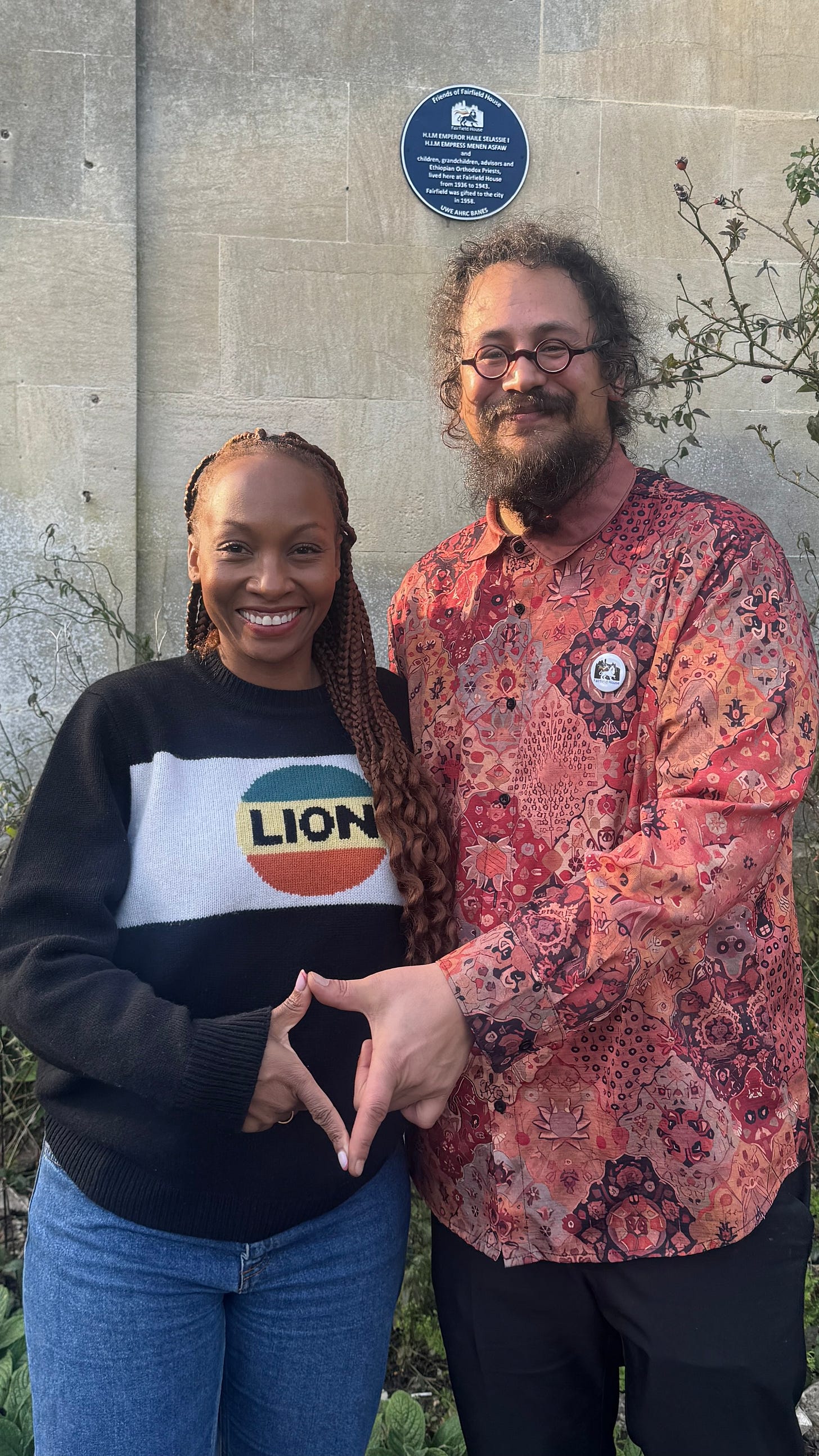

This is fascinating! On my list to visit x
Hello from the San Francisco Bay Area in the US. I absolutely love your stories! Have been following you since your home was featured on Home Worthy.
On it, your home wallpaper featured historical black women, some were queens and warriors. Can you share their names?
I would like to research them more. Also, please provide the link to purchase the wallpaper featured in your home. I loved all of it!